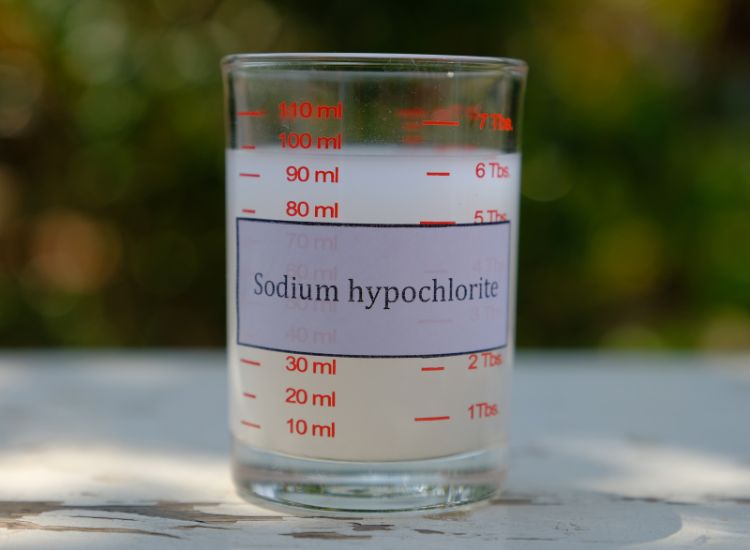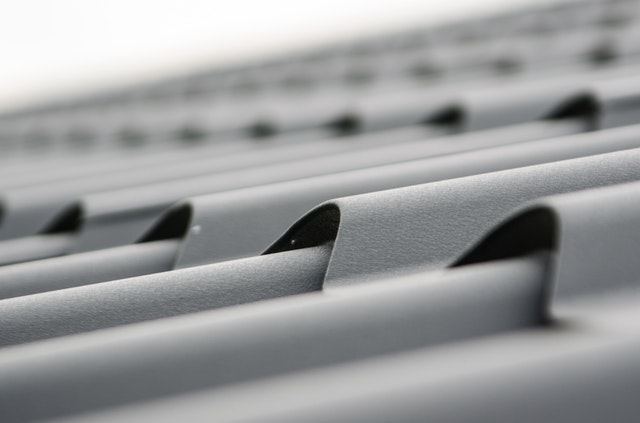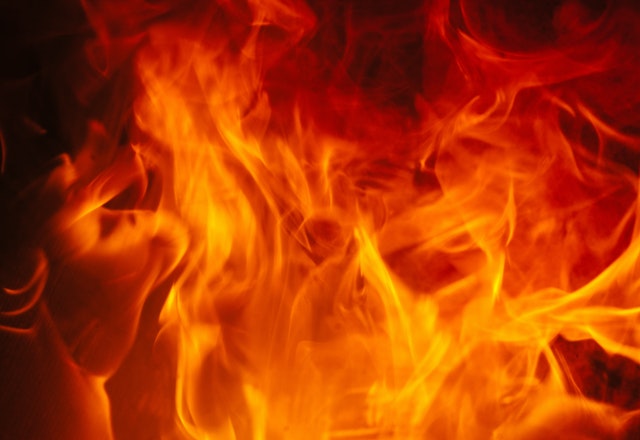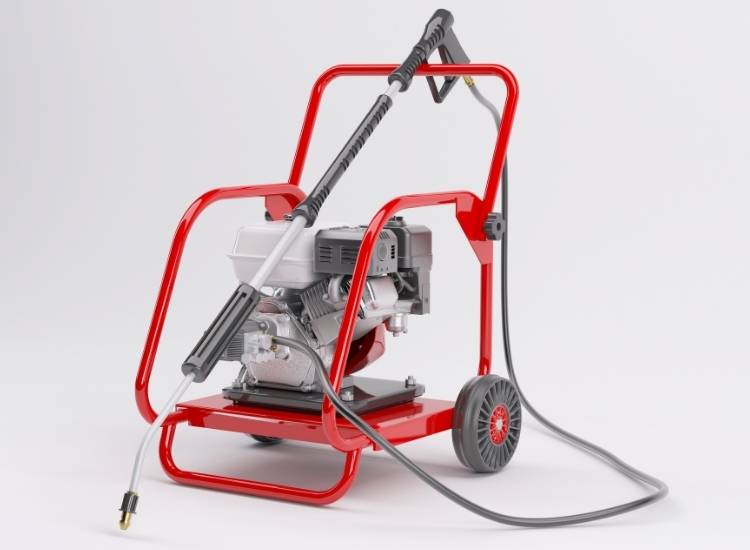Pressure Washer Stalls When Trigger Is Released (Solved)
Pressure washers can be a great addition to your garage. These tools are powerful enough to strip paint off decks, but also safe enough to clean cars. They are generally reliable but what happens when your pressure washer stalls when the trigger is released?
This common issue is most likely caused by a faulty unloader valve. You can take this component off of the pressure washer to give it a solid cleaning. Once this task is finished, all you need to do is lubricate the o-rings and put it back together.
What is an Unloader Valve?
A pressure washer unloader valve reroutes water flowing through the bypass when the gun trigger is pressed. This component is designed to act when there is a change in water flow, or pressure. You can also make adjustments to the unloader valve in order to increase, or decrease the amount of pressure in the machine.
When combined, the trigger on the gun and unloader valve direct water into the bypass of the unloader. This water is then transferred back into the water inlet side of the pump, or back to the header tank. Water flow shuts down when the trigger is not being pressed and re-circulates this water back to the inlet pump.
How to Remove the Unloader Valve
Even if you don’t consider yourself a handy person, removing the unloader valve is easier than it seems. The only tools you need are a flat head screwdriver and a rubber mallet. This process doesn’t take long, but give yourself enough time, have patience, and don’t rush through the process.
- Begin by using the flat head screwdriver to remove the pin holding the unloader to the manifold. This is located on the bottom of the machine near the garden hose and washer hose connection points.
- Insert the screwdriver into the coils of the unloader and use the manifold as leverage to pry off the unloader.
- Clean the unloader stamp so that it moves freely back and forth. If it’s stuck, this is probably why the pressure washer is stalling when the trigger is being released.
- Once the unloader stamp is moving freely, apply grease to the o-rings, to prevent damage when installing it back into the pressure washer manifold.
- When installing the unloader make sure the outer flange is inserted past the grove on the manifold, so that it can be secured with the pin. The pin can’t be installed if the unloader is sitting on the grove.
- If you’re have trouble getting the unloader past this grove, you can use the rubber mallet to tap it securely into place. Just make sure to use light amounts of force, as too much can cause damage to the unloader.
- Finally, insert the initial pin back into the manifold to secure the unloader valve. Check with your specific pressure washer model to see if the unloader needs to be adjusted. Some models already come preset.
Tips
The process is quite simple if your unloader valve needs to be adjusted. But you will need to connect a gauge in order to achieve the most accurate reading. You can still adjust the pressure without one, but you will be playing the guessing game.
Unloader Valve Types
Compensating Unloader – This type of valve is a pressure focused unloader valve that has a compensating feature. If your pressure washer has this type of valve, there is a distinct pop of pressure that occurs when the trigger is opened. One advantage to this component is that it acts like a flow-actuated unloader, without the drawbacks.
Pressure Actuated Unloader – This component can also be referred to as a trapped pressure unloader and it’s common in most pressure washers. The unloader uses a seat, ball, and spring to respond to the level of pressure dispersed from the bypass valve. You can use a number of different nozzle sizes without having any cycling problems with this valve.
Flow Actuated Unloader – This type of valve quickly responds to water flow stopping between the unloader outlet and trigger of the gun. When the trigger is being held down, water flows from the inlet port, to the outlet port and a small amount exits through the bypass. This unloader valve is good because there’s a smooth transition from low to high water pressure.
Adjusting the Unloader
If you want to correctly adjust the unloader valve pressure, you will need to add a test gauge in between the gun and hose. This will give the the most accurate reading, if you’re looking to achieve a specific number. If you have a long hose, the best place to have this gauge is at the head of the pump.
There will be a pressure reading once the trigger is pulled. When you’re not running full pressure, the unloader isn’t set all the way and some water will be bypassed. Once the trigger is released the pressure will climb and stop. The optimum spike level will vary depending on the PSI of your pressure washer.
You can then adjust the pressure once the gauge provides a reading between the on trigger and off trigger. Rotate the black or red handle on the unloader valve to increase, or decrease the pressure. It’s best to do this in full revolution intervals, so you can avoid causing a rapid adjustment to the water pressure.
Electric Pressure Washer Stalls When the Trigger Is Released
There is an entirely different reason if you have an electric pressure wash that is stalling, or shutting off when the trigger is released. Unlike gasoline powered pressure washers, these machines are designed to stop from overheating when not in use. When you hold down the trigger for example, the motor will turn on and spray water.
The pressure washer will get considerable louder when activated, which means it is running properly. However when letting go of the trigger, it will power down. This does not mean the electric pressure washer is stalling, but rather going into an idle state to prevent overheating. It’s important for the machine to stay cool during heavy use.
Preventing vital components from overheating is just one advantage to electric pressure washers. They also require less maintenance than their gas counterparts, never need fuel, and can be used indoors. Just know that these models are usually more expensive than gas pressure washers and they force you to be close to an electrical outlet.
Final Thoughts
Hopefully this article has helped you solve why your pressure washer stalls when the trigger is released. Most often this issue is caused by a faulty, or dirty unloader valve. All you need to do is use a flat head screwdriver and rubber mallet to remove the valve, clean it, and install it back into the manifold. Just make sure not to use too much force when using the mallet to get the unloader valve back in.
And don’t forget to grease the o-rings on the unloader valve, before placing it back in the pressure washer. This is considered routine maintenance and should be done on a regular basis. If you own a commercial pressure washing business, preventative maintenance is very important to keeping your tools running and business operating.
Further Reading
Search Terms
- Pressure Washer Stalls When the Trigger Is Released






